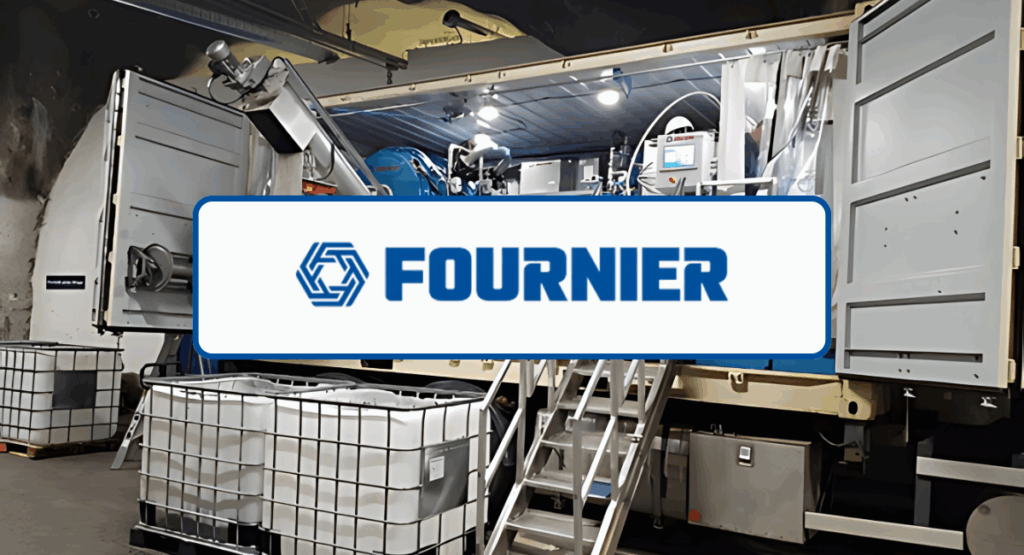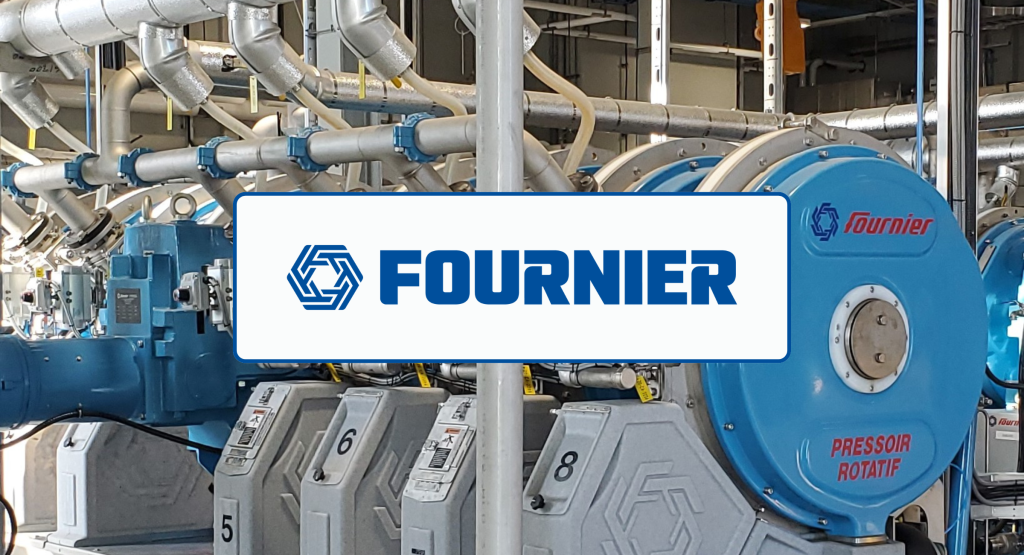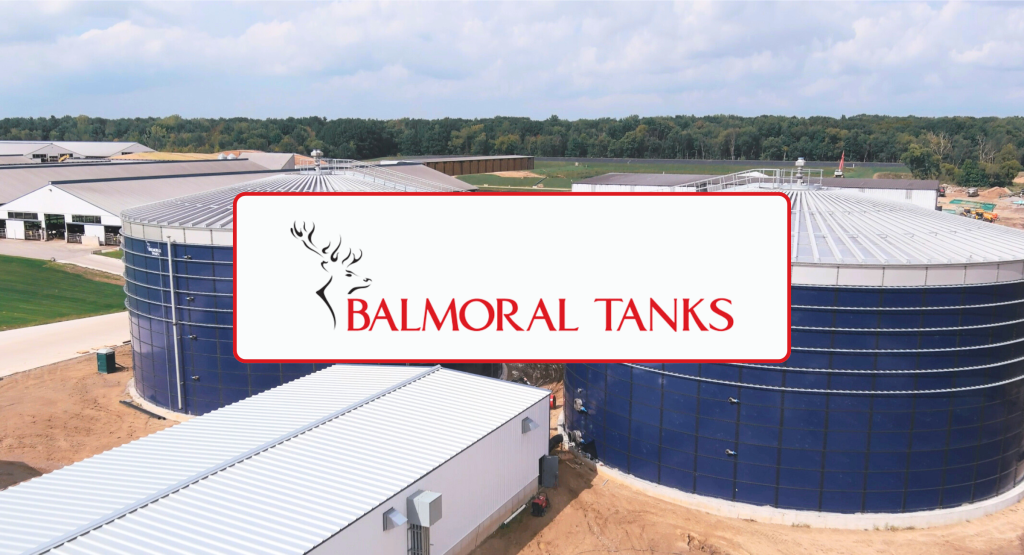Fournier Rotary Press and AD Digestate

By Fournier
The Fournier Rotary Press has been used for dewatering many types of sludge, including pulp & paper sludge, municipal wastewater treatment plant sludge and soil material. Biogas production using anaerobic digestion is a growing sector both globally and in Europe, and the Fournier Rotary Press is showing very good performance within this sector.
Traditional technologies are often good at separating out a quite dry cake fraction, but leave too much Total Suspended Solids (TSS) behind in the filtrate.
Filtrate quality is a very important feature when it comes to downstream treatment of filtrate, especially relating to nitrogen recovery.
There are three main processes used for nitrogen recovery from anaerobic digestion: ammonia stripping, evaporation of excess water and membrane filtration.

All of these methods are suffering difficulties when the concentration of TSS is increasing above 1 %. The membranes are filling up too fast and start permanently clogging, the heat exchangers and nozzles in the ammonia stripping process are clogging in no time, and the evaporator is becoming covered with a layer of solids on the heated surface, which is causing the added need for heating.
PG CleanWater Solutions AS is the distributor of the Fournier Rotary Press in Europe and is actively pursuing the anaerobic digestion market. A full-size pilot container is available, and it is moved to biogas plants for pilot testing. The container contains two rotary press channels, which are identical to the commercial Rotary Press channel.
By using this pilot, many biogas plants have been pilot-tested in addition to the plants that have already invested in full-scale plants. Here is presented a pilot test from a nondisclosed site, which is digesting chicken manure as a single substrate.
Pilot Testing
The goal of the pilot testing was to produce a cake with as high dryness as possible and to minimize the TSS concentration in the filtrate.
Secondary goals were also to minimize polymer consumption/or not use at all and minimize electricity consumption.
The feed to the Rotary Press had a concentration of 8% dry mass. Without adding polymer, the cake dryness achieved an average of 33 %, and the solids capture rate was 90 %.

By adding 6 kg/ton DS, the cake dryness improved to 40 %, and the capture rate improved to 98 %, meaning below 0.3 % TSS in the filtrate.
With the use of polymer, the electricity consumption was 5 kWh/ton DS, and without polymer, it was 10 kWh/ton DS.
For more information, read our European Biogas Magazine.





Comments